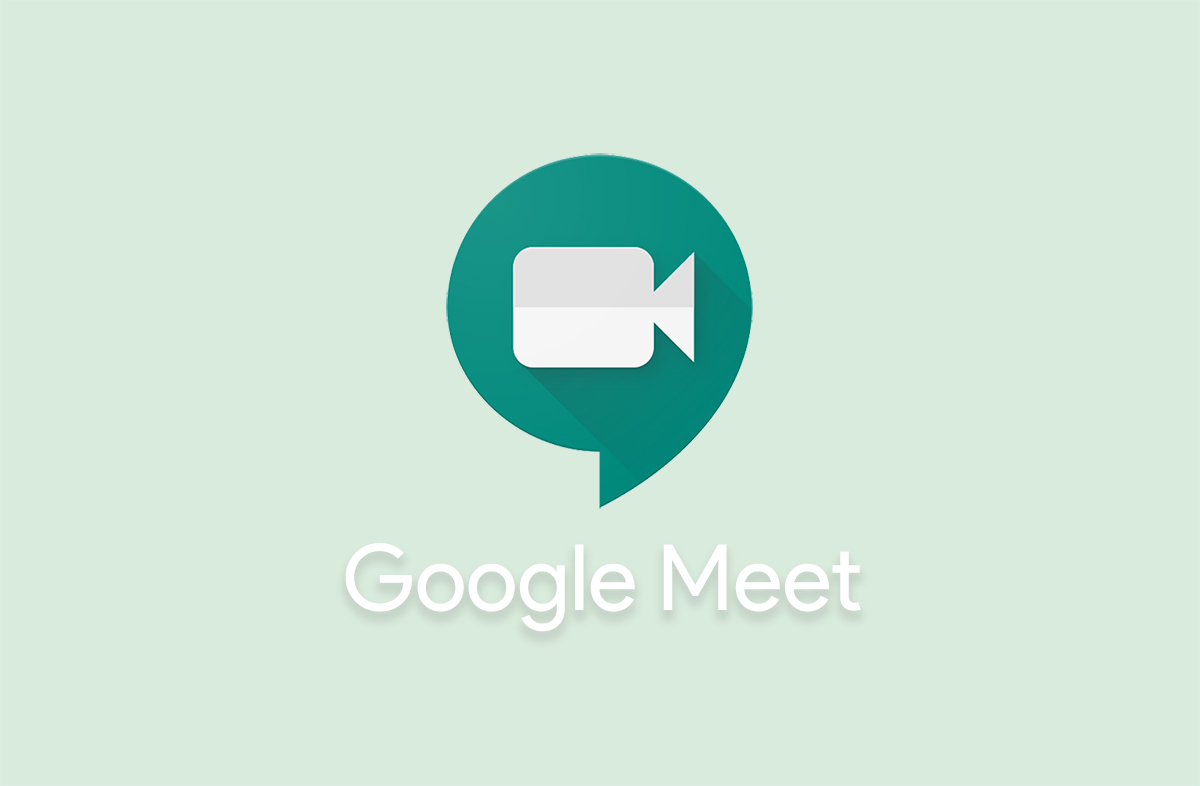School is rather different from what it was a year or two ago. Many classrooms are now online, wholly or at least partially. Face to face classes have been traded in for video conferences, and assignments are handed out and in via cloud storage. Thrown headfirst into it, teachers and students alike surely struggled a bit to adjust at first, and are probably still figuring out how best to make it work. Fortunately, Google is bringing out some brand new additions to its online learning tools to help students and teachers out.
Google Meet
 Google’s video conference platform is getting a slew of additions in the coming months. Soon, teachers will be able to end a call for everyone on it, including those in breakout groups. They’ll also be able to mass-mute a class, and manage when students are allowed to un-mute themselves. Which is great because kids can be pretty loud, you know?
Google’s video conference platform is getting a slew of additions in the coming months. Soon, teachers will be able to end a call for everyone on it, including those in breakout groups. They’ll also be able to mass-mute a class, and manage when students are allowed to un-mute themselves. Which is great because kids can be pretty loud, you know?
Further, Meet is getting some solid upgrades on mobile that will let meeting hosts screen share, access chats, and manage meeting entries. All fundamental features that have been sorely missed on the mobile meet app until now. Admins will also be able to schedule breakout groups before even starting a meet, and will be able to access meeting transcripts afterwards, which is really useful for catching up with absent students and reviewing what was discussed in one lesson to plan the next.
A nice touch is that students will now be able to choose skin tones for the emojis they use to react in class. And finally, most importantly, Google Meet will be more compatible with Google Classroom, the cornerstone of a teaching environment on Google. Meet will soon be able to access Classroom rosters to only let students from relevant classes into their corresponding meetings.
Google Workspace, but for education

There are also additions coming to Google Workspace for Education. Right now, there’s a Fundamentals version, and a “Plus” version for the platform, but from mid-April schools will be able to purchase a “Standard” version, a version called “Teaching and Learning Upgrade”. Each version includes everything that “Fundamentals” has to offer, with perks and bonuses of their own too.
Google Classroom
And most importantly, the linchpin to anything education-related on Google, Google Classroom, is getting a hefty chunk of upgrades. The Android version of the app is getting some improvements to its offline functionality later this year. Students will be able to open Google Drive files, start their assigned work, and write and review their assignments all offline, via the app. They’ll also be able to do all of their photo editing, like cropping, filtering, and combining images, in the Classroom app rather than through an external one. Additionally, students and teachers will be able to better edit their work within the app. They’ll be able to italicize, underline, bold, and bullet-point words without leaving Classroom.
Teachers will have access to several statistical tools on Classroom, including a feature that provides statistics about students submitting assignments and commenting on posts. Teachers will also be better equipped to catch out plagiarism on assignments via Classroom, which will offer “originality reports” for work available in a slew of different languages. Additionally, the Android Classroom app will soon let teachers flit between students’ submissions, share feedback on those same assignments, and grade them, all within the app.
Online learning has never been as essential as it is now, and so it’s vital that the tools for it are up to snuff. Google’s educational platforms have been greatly useful so far, and it’s comforting to see them improved for both teachers and students.
Source: Endgadget



